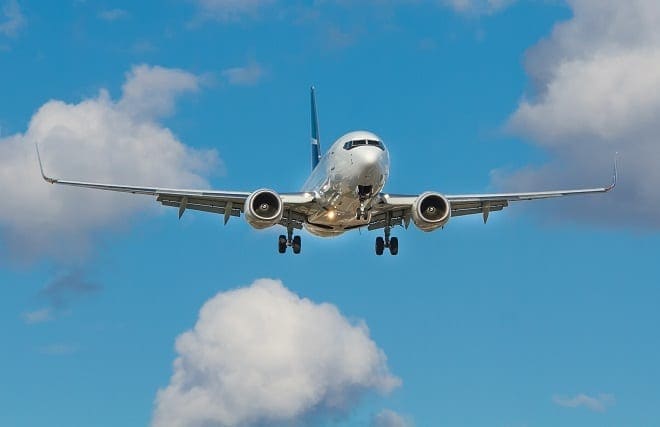
Passengers traveling using airplanes might be in for a bumpy ride in the future. Scientists at the University of Reading have stated that severe in-flight turbulence may double or triple in the coming decades.
“The worst kind is severe turbulence: this is stronger than gravity”
“We ran some computer simulations and found that severe turbulence could double or triple in the coming decades,” said Paul Williams, a professor at the University of Reading. Professor Williams added that not only the frequency but the length of turbulences would also increase in the future.
“Typically, you might expect 10 minutes of turbulence on a transatlantic flight. I think that in a few decades may increase to 20 minutes or to half an hour. The seat belt sign will be switched on a lot more, unfortunately for passengers,” said Williams.
There are different kinds of turbulence that one faces while onboard an airplane
It is pertinent to note that there are different kinds of turbulence that one faces while onboard an airplane viz. light, moderate, and severe turbulence.
Explaining the difference between the three, Professor Williams stated, “There’s light turbulence, which is a bit of strain against your seat belt, but food service can continue. Then there’s moderate turbulence, a definite strain against seat belts, anything that’s not secured will be dislodged, and walking is difficult; flight attendants are usually instructed to take their seats.”
“The worst kind is severe turbulence: this is stronger than gravity so it can pin you to your seat and if you’re not wearing your seat belt you’ll be tossed around inside the cabin.
Additionally, there is a fourth kind of turbulence called ‘clear air turbulence’ which hits an airplane out of the blue without any visual cues such as storms or clouds. Often the pilots find it difficult to avoid such turbulences. According to Williams, clear air turbulence will increase significantly around the 2050-2080 period.
Keeping your seat belt fastened at all times while seated is the best way to minimize the risk of injury due to turbulence, Williams added.
Data shows that 5,500 aircraft brave severe turbulence while over 65,000 suffer moderate turbulence in the US alone. The planes are designed to endure these turbulences, but if they become more frequent, the structural integrity of the aircraft may need to be changed.
However, in order to prevent any injuries brought on by turbulence, apprehensive passengers may choose to buckle up throughout the majority of their travels.






